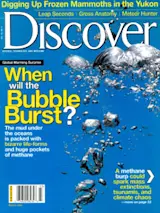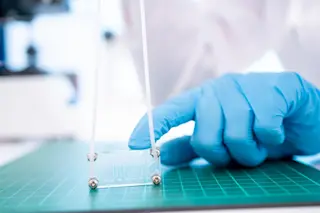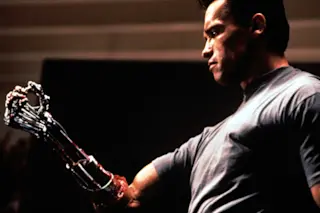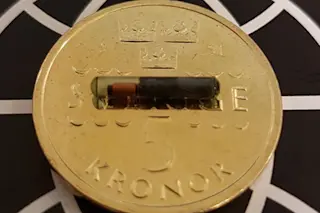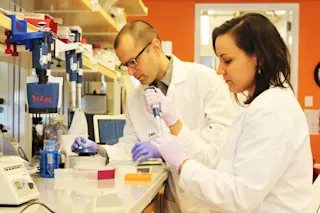It’s still dark in Stuttgart, but already a line is forming outside the Hanns-Martin Shleyer convention hall for the 6 a.m. opening of Body Worlds, the startling and controversial exhibit created by German anatomist Gunther von Hagens. One promotional brochure describes Body Worlds as “a medical dictionary in three dimensions,” and no doubt a few visitors have come to see precisely that. It is a fair guess, however, that most viewers by far are here to behold the spectacle of authenticity promised in the touring exhibition’s tagline: “The Anatomical Exhibition of Real Human Bodies.”
Real human bodies. Von Hagens has invented a chemical process that effectively transforms the tissues and organs of cadavers into a lifelike, pliable plastic, which he then painstakingly dissects and places on display. His works are not pallid husks laid out on slabs. They are fleshy pink, peeled, pulled apart, and displayed in dynamic, even outrageous ...


